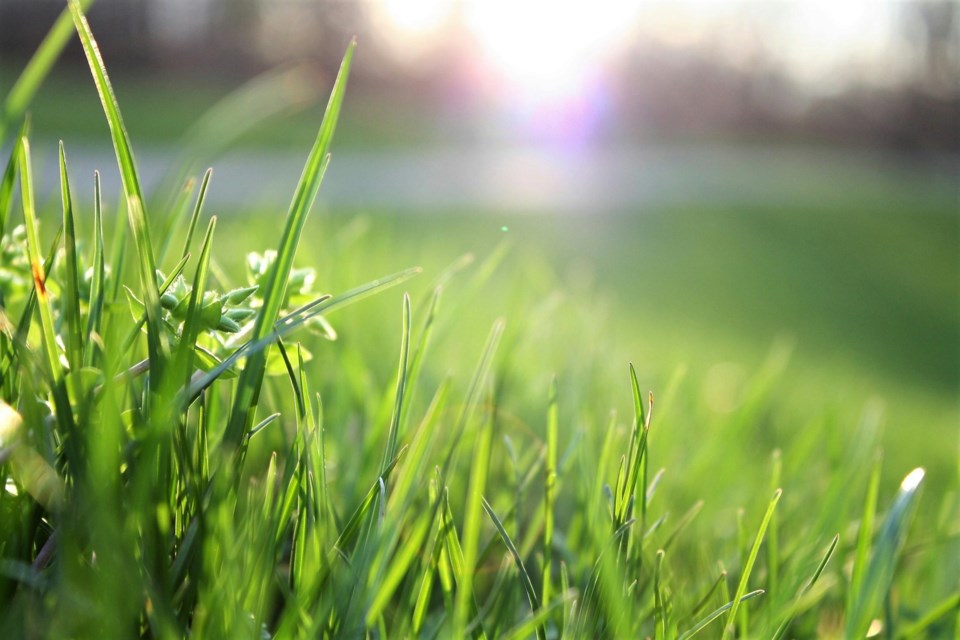Libby Earthman used to work in river conservation and views water use differently than most people. When she and her husband decided to landscape their backyard, the couple had one goal in mind, to conserve as much water as possible.
Earthman’s choice to conserve water aligns with a Colorado law sponsored by Rep. Karen McCormick, who represents Longmont. The law passed on March 18 and bans the installation of ornamental grass, invasive plants and artificial turf on most commercial, industrial and government properties. The law does not apply to residential properties except for areas managed by a homeowners’ association.
“Water-wise landscaping conserves our precious water resources and encourages communities to embrace Colorado’s natural landscapes,” sponsor Rep. Karen McCormick, a Longmont Democrat, said in a news release. “Our law sets us on a path forward to more effectively manage and preserve the water we all rely on.”
The new law is expected to reduce water use. Almost half of the water used by cities and towns goes toward watering grass that is not native to Colorado, according to experts.
Legislators hope that more people will plant native grasses and plants that use less water. Earthman is among them.
Earthman bought a home in Longmont Estates and noticed that her lawn, then filled with Kentucky Bluegrass, used around 18,600 gallons of water each month.
“It made our water conservationist hearts wilt to ponder that watering regime, so we began planning what we’d replace it with,” Earthman said in her blog.
The couple researched several types of grass alternatives including clover and Buffalo grass. Neither option would hold up to pets and the heat and sun in their unshaded backyard. They discovered a type of grass engineered by the University of Colorado, Dog Tuff Grass, according to Earthman.
The new grass used 9,800 gallons of water last summer, however, Earthman expects that to decrease as the grass becomes more established.
The city of Longmont has already taken steps to reduce its water use for turf. In August, the city’s Water and Waste Department teamed up with Art in Public Places to combine art with water conservation. The project took place at Kensington Park. It included removing unused turf and replacing it with a water-wise garden. The project also preserved the art installation “The Unity Project,” which had been repeatedly hit by lawnmowers. The damage to the piece raised concerns about its structural integrity.
The project was funded by the Transformative Landscape Challenge posted by the Colorado Water Conservation Board. The program “challenges local communities to reimagine their public spaces and embrace waterwise landscaping. The effort, a partnership with the nonprofit Resource Central, is designed to convert water-intensive landscapes into climate-appropriate, low-water-use, and attractive spaces,” according to a news release from Gov. Jared Polis’ office.
“To reduce our water demands, Colorado needs a suite of conservation tools, including water conservation programs and water pricing structures that help shape what our cities look like and how we develop,” said CWCB expert Jenna Battson. “Having land use codes and ordinances that align with these efforts is critical because the last thing we want is for codes to reinforce installing the same types of high-water vegetation that we are paying to remove.”
The city of Longmont has three water-smart projects planned for this year. Two projects will replace bluegrass with low-water-using turf and the other will replace the existing bluegrass with a mixture of low-water-using turf and water-wise garden, said Hope Bartlett, water conservation specialist at the city of Longmont. The city will work with Resource Central, Northern Water and other local groups to apply for additional funding for these projects.



